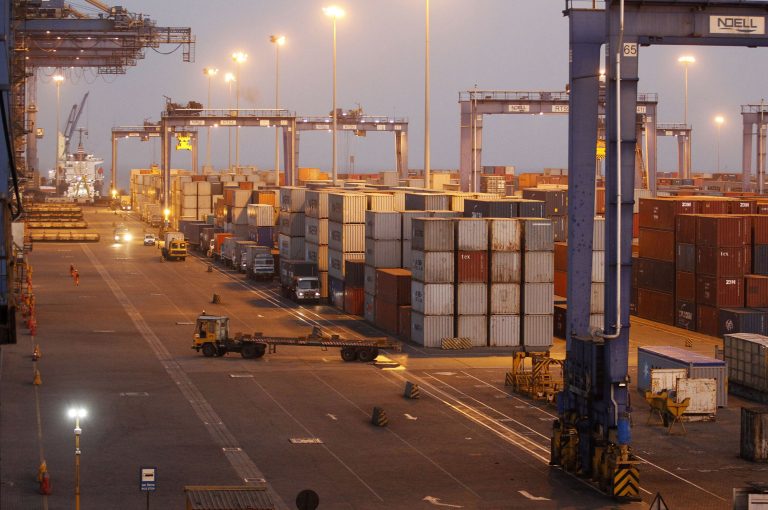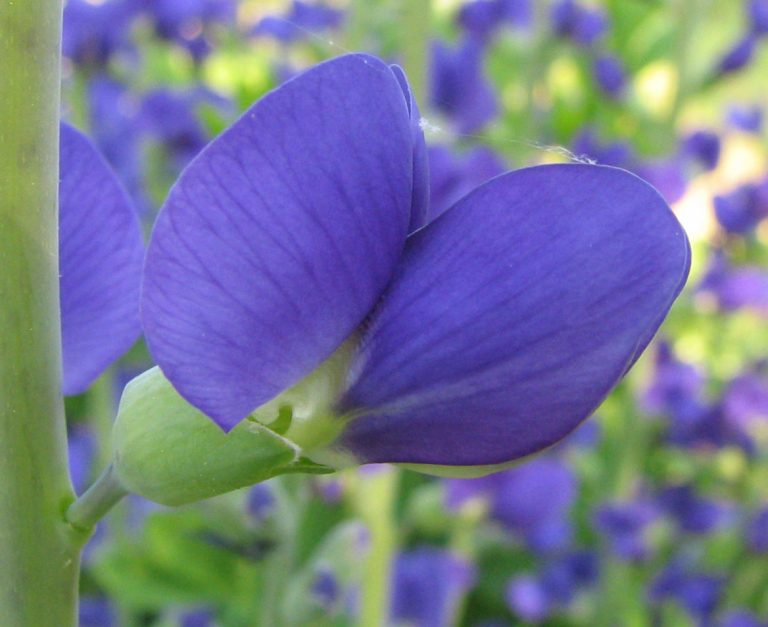On Oct. 4, the Australian government declared a new plan to save the flora and fauna of the country by preserving swathes of land.
After recent environmental disasters and the apparent complacency of the government’s predecessor, the current Labor government set its sights on the preservation of the local wildlife.
Ten years of preservation
In the Threatened Species Action Plan: Towards Zero Extinctions published on Oct. 4, Tanya Plibersek, Australian Minister for the Environment and Water, said that the plan would pave the way for a decade of conservation for Australia’s species.
According to the website of the Department of Climate Change, Energy, the Environment and Water, the plan is aimed to include experts, the community, other experts and First Nations peoples to increase their efforts to combat the problems surrounding the wildlife.
The objectives of the plan are as follows:
- Stop new extinctions.
- Include 110 species into the list of animals considered at “imminent risk of extinction.”
- Place 14 “priority places’ and six islands into the plan.
- Preserve 30 percent of Australia’s land mass.
- Involvement of First Nation Peoples in the protection of threatened species and ecological communities.
- Conservation planning approaches to be made.
Success
You are now signed up for our newsletter
Success
Check your email to complete sign up
Among the proposed actions to take are:
- Dealing with invasive species like feral cats and gamba grass that are destroying the local wildlife.
- Promoting the efforts of preservation and recovery to the community.
- To ensure the survival and adaptation of priority species against climate change.
As the plan came together, Plibersek vowed that the Labor government was “determined to give wildlife a better chance” against natural disasters, invasive species and human activity. She pinned the blame on the previous government for neglecting the environment.
“Our current approach has not been working,” she said in a statement. “If we keep doing what we’ve been doing, we’ll keep getting the same results. The need for action has never been greater. I will not shy away from difficult problems or accept environmental decline and extinction as inevitable.”
READ MORE:
- New Report Reveals Shocking State of Australia’s Environment
- Australian Rescuers Rush to Save 230 Pilot Whales Stranded in Tasmania, Half Feared Dead
- Tropical Storm Threatens to Fan California Wildfires, But Will Cool off State
Prior to the plan, an environmental report published in July showed the “poor and deteriorating” state of Australia’s environment, showing that 202 species of animals and plants, including more mammal species than in any continent, were made “threatened.” More invasive plant species were also overwhelming the local ones, the report said.
Almost half of Australia’s lands are used for livestock, with around 6.1 million hectares (15 million acres) of forest cleared since 1990. Climate events like the bushfires in southeastern Australia between 2019 and 2020 have also threatened the wildlife.
According to the World Wide Fund for Nature-Australia, it is estimated that around three billion animals, including 60,000 koalas, died in the flames. This caused the animals to be placed in the endangered list.
“The Black Summer bushfires in particular have seen devastating results for many species. We are determined to give wildlife a better chance,” Pilbersek said, adding that, “Listing species as threatened under national environment law is a critical step in protecting the species and habitats in need of urgent help.”
“Stopping the destruction of wildfire habitat is the key to achieving this objective,” the Australian Conservation Foundation’s nature programme manager Basha Stasak said in a statement.
The government is also adding 15 new Australian species, including the parma wallaby and the pretty beard orchid, and three ecological communities onto the threatened list.







